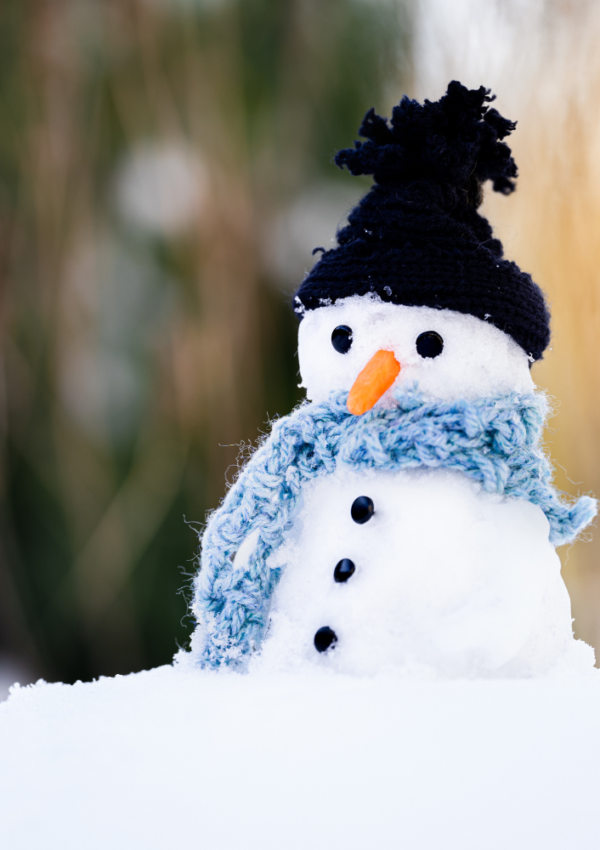
This post discusses low-impact knee-strengthening exercises.
Very few things in this world are as bothersome or as common as knee pain.
Although it can affect almost anyone at any age, the primary causes for this condition seem to be aging, injury, and or general wear and tear.
Today, we’re diving into different types of knee pain and the low-impact knee-strengthening exercises you can try to help combat it.
Quick Note
If you want a simple plan to follow each day, my step-by-step walking guide for weight loss is available below!

Different Types of Knee Pain
Our knees contain the largest and perhaps the most vulnerable joints in the entire human body.
It is made up of just three bones, the femur (thighbone), the tibia (shin bone), and the patella (kneecap). All of which are held together by a group of muscles, ligaments, and tendons.
At the end of each bone resides a layer of cartilage that acts like a shock absorber and helps to protect the knee.
However, as time passes and more and more stress is placed on the knee, issues such as arthritis can develop.
Other problems associated with the knee are due to injury or sprains as a result of sudden movement. Here are the most common types of knee pain:
Arthritis- Osteoarthritis is the leading form of arthritis in the knee.
Often affecting the middle-aged to the elderly, it’s a degenerative disease where the cartilage within the knee joint breaks down over time.
Being overweight may also play a factor in osteoarthritis.
Rheumatoid arthritis is another form that can wreak havoc on the knee joint; however, this may take place at a much earlier age than its counterpart.
Symptoms may include joint stiffness, issues with range of motion, and pain when using the joint.
Sprain or Strained Knee Ligaments/Muscle- a sprained or strained knee ligament and or muscle tends to occur because of a blow or sudden twist to the knee.
Some symptoms may include pain, swelling, and difficulty walking.
Torn Cartilage- commonly caused by sprains, a tear to the cartilage can endanger shock absorbers and knee stability.
Stiffness of the knee, limited range of motion, and increased discomfort are a few known symptoms.
Tendonitis– Inflamed tendons occur due to overuse of the tendons during vigorous activities like running, jumping, and cycling.
Signs of tendonitis are swelling, pain, or discomfort when bending or straightening the leg, and tenderness under the kneecap.
Low-impact Knee-strengthening Exercises
Before attempting any of the exercises mentioned in this post, it is best to check with your medical care provider.
This is especially true if you’re experiencing any type of pain or discomfort.
The exercises below will help to strengthen the muscles that support and surround the knee, minimizing stress on the joints.
Squat
Squats are a pushing exercise for the lower body. They’re great at building strength in the surrounding muscles of the knee, such as the quads, hamstrings, and calves.
With proper form, squats can boost the stability of the knee joints and overall mobility.
Research also suggests that performing static, low-angle squats can be beneficial to people with arthritis.
Frequently used in rehabilitation plans after injuries, this exercise may also aid in pain relief and increased range of motion.
Modifications to the squat are the wall squat, partial squat, and assisted squat.
How to Perform a Squat
Not everyone performs this exercise the same way, and your squat may look a little different than someone else’s.
That is generally okay, as long as you’re following these simple guidelines to the best of your ability:
Step 1
Begin with legs either shoulder-width apart or a bit wider than shoulder-width. Your feet should be pointing straight or slightly outward, and your eyes gazing forward.
Step 2
Stand in an upright position with your head and spine in alignment, then hinge the hips back as though you’re about to take a seat.
This action will also force you to bend at your knees and ankles.
Step 3
Keep knees in line with the toes, not splaying outward or caving in. (If your knees dart out to the sides, use a band. If they cave in, try holding a ball between them as you do the squat).
Make sure the entire foot is on the ground. (If your heels come up, elevate the heels slightly. You may use a weight or a book, etc.
Step 4
Squat as low as comfortably possible. Ideally, your thighs should be parallel to the ground.
If not, then don’t worry, you’re still performing the exercise correctly.
Remember to keep your chest and shoulders back.
To come up from the squat, press down into the heels and straighten the legs, returning to a standing position. Repeat for 3 sets of 5 to start.

Lunge
Lunges provide a great dynamic stretch for the knees. Much like squats, lunges are strengthening exercises that work to build muscle for the glutes, quads, hamstrings, and calves.
This unilateral exercise effectively prevents injury and knee pain even under severe conditions like osteoarthritis.
Unilateral movements are ideal because they train both legs individually, helping to cultivate strength in both knees equally.
One of the benefits of lunges is that they can be performed in various ways.
Often, if the forward lunge is too challenging, individuals opt for static or reverse lunges to relieve pressure on the knees.
How to Perform a Lunge
Step 1
Start with the feet standing shoulder-width apart.
Step 2
Take a big step forward with one leg.
Step 3
Maintain most of your body weight on the foot of your front leg as you drop your hips downward. Keep your front foot flat and your back heel lifted.
Step 4
Lower your rear knee until it hovers just above the ground while ensuring the front knee is aligned above the ankle. The goal is to create a 90° angle with both knees.
If this is unachievable, it is alright. Go as low as you feel comfortable. Repeat for 3 sets of 5 to start and switch.

Step-up
The step-up is another unilateral movement that’s highly effective for building knee strength. It fortifies the quads, engages the hamstrings, and activates the glutes.
Step-ups work to stabilize the knee joint by challenging both your balance and proprioception (the awareness of your body’s position in space).
This exercise also improves functional strength by simulating an everyday movement like walking.
With regular practice, the muscles needed to enact the motion become stronger preparing the knees for these daily activities.
How to Perform a Step-up
Step 1
Stand before a platform (stairs, box, etc.)with legs hip-width apart.
Step 2
If support is needed, hold on to a rail, chair, or wall and step up onto the platform with the leading leg.
Step 3
Lift your other leg to join the first so you are standing on the platform with both feet.
Step 4
Return each leg to the floor, starting with the leading foot. Then repeat for 3 sets of 5 to start and switch.

Try these Low-impact Knee-strengthening Exercises at Home
Knee pain can strike anywhere at any time. However, we can use the low-impact knee-strengthening exercises above to not only assist in reducing knee pain but prevent injury as well.
Perform them at home and at your own pace a few times a week to give your joints the support they need to thrive.
P.S. IF YOU LIKE THIS POST, THEN CHECK OUT 5 DAILY EXERCISES FOR OLDER PEOPLE!







Leave a Reply